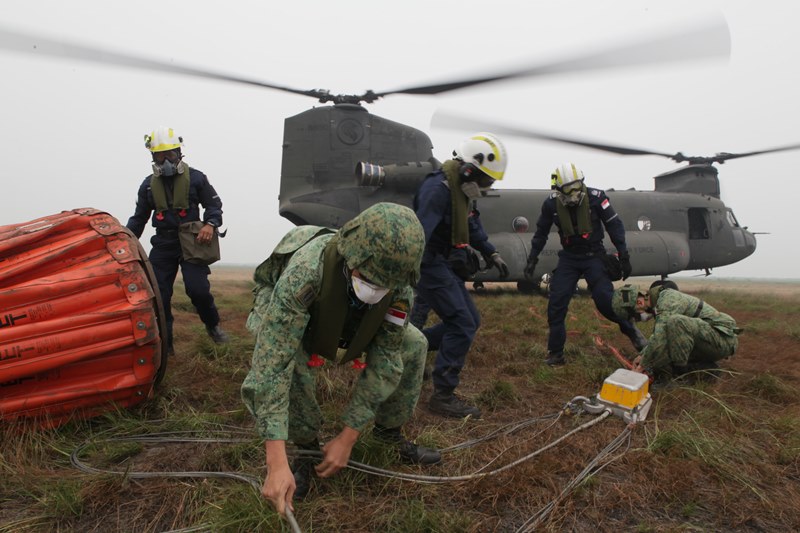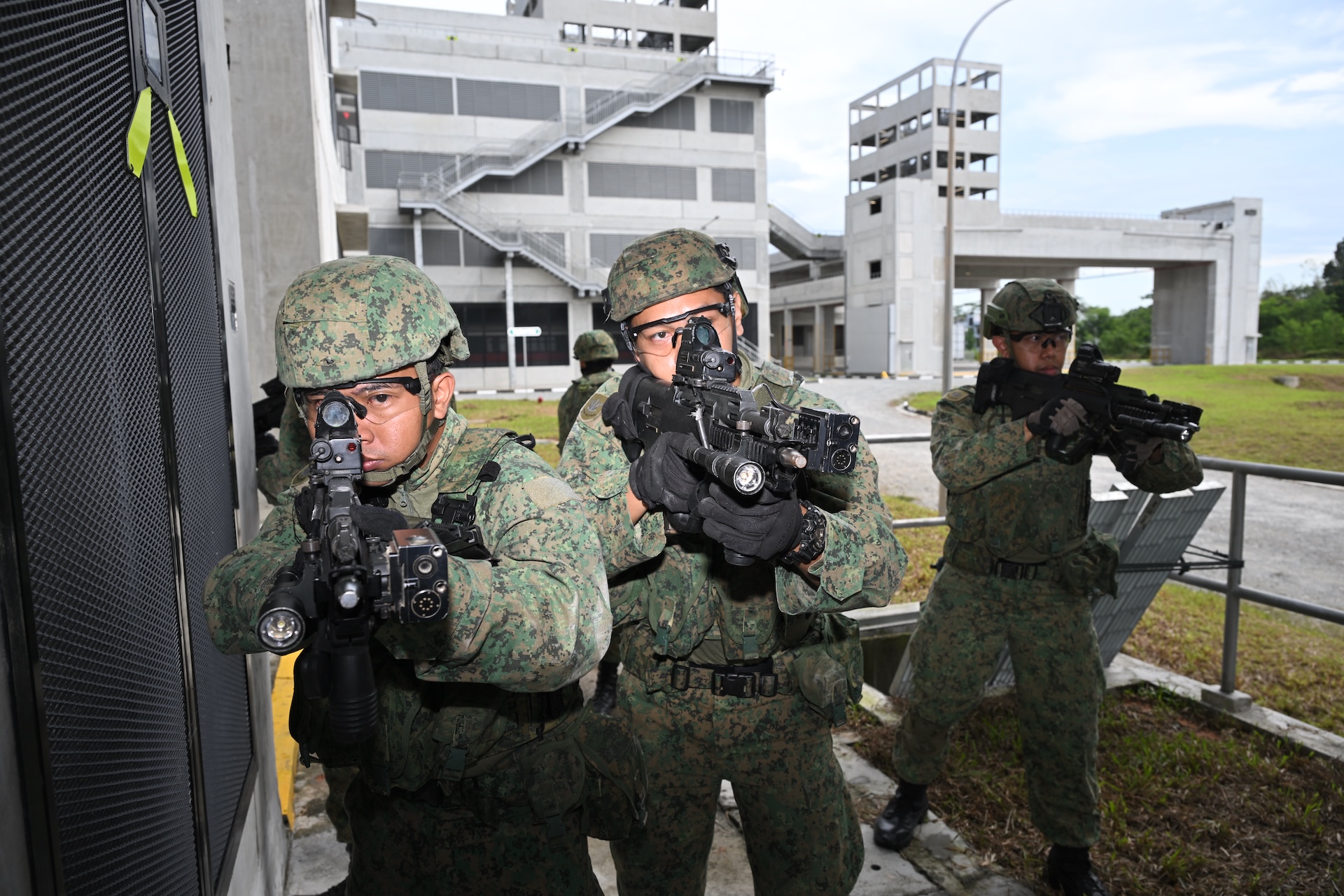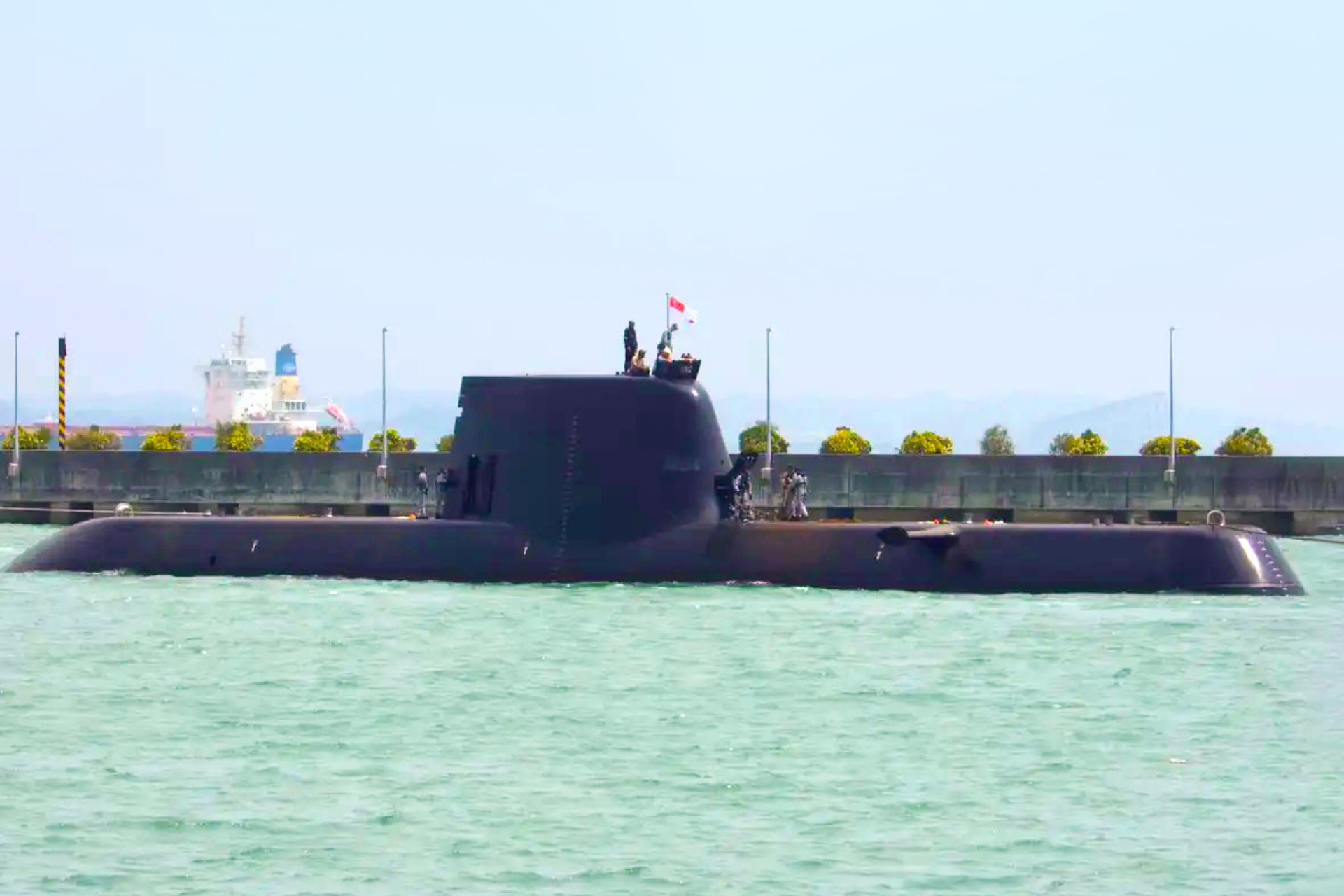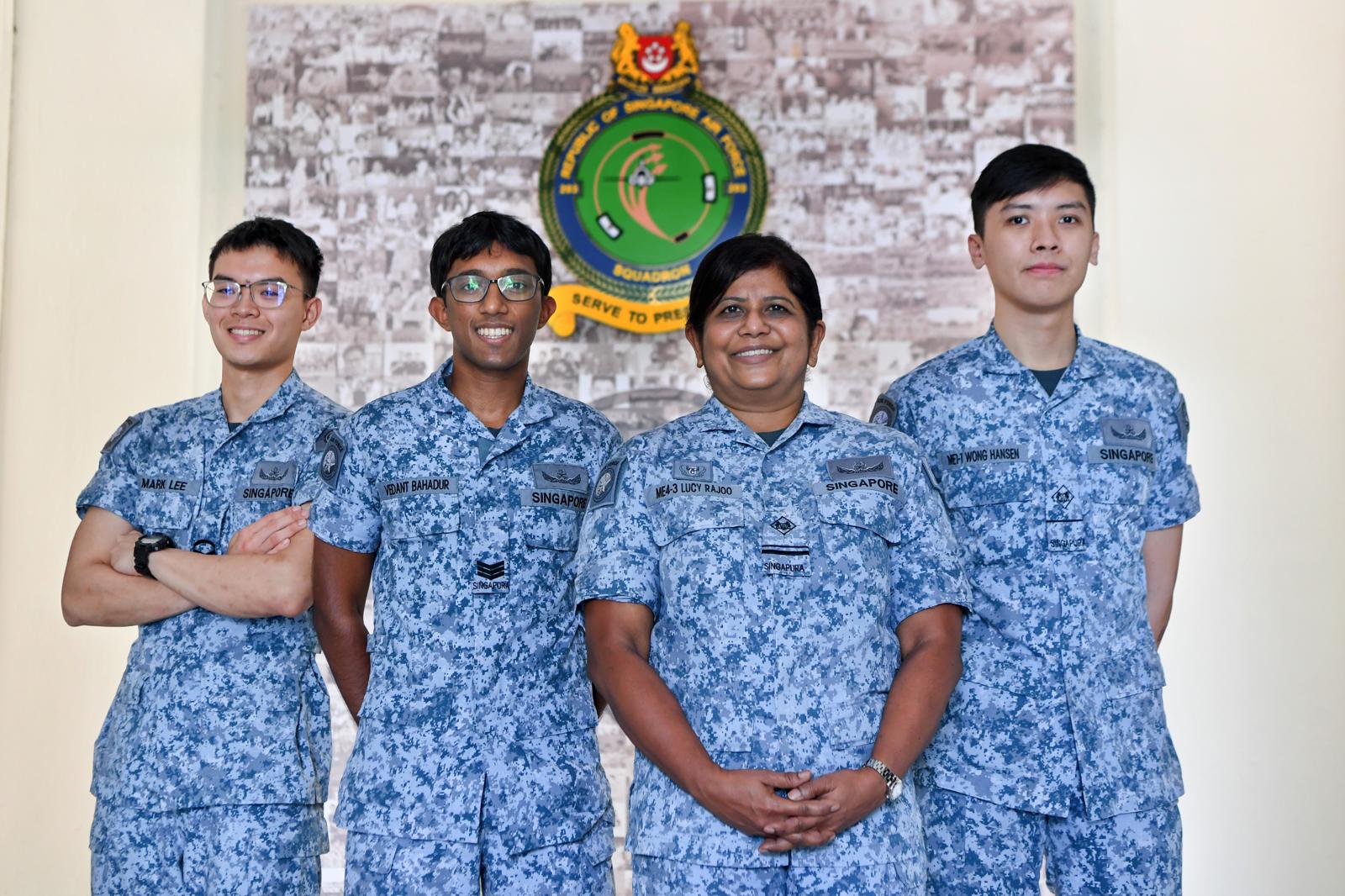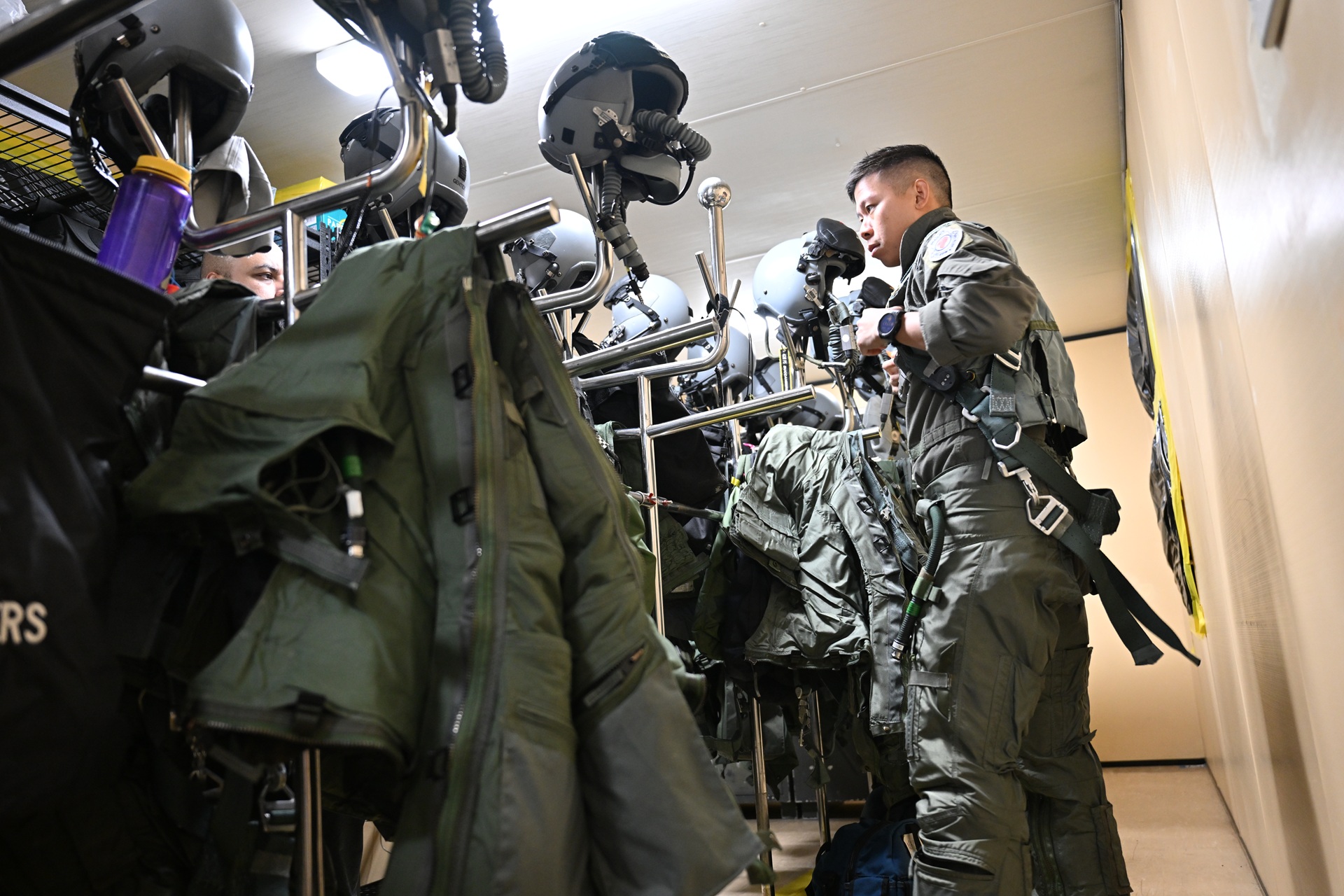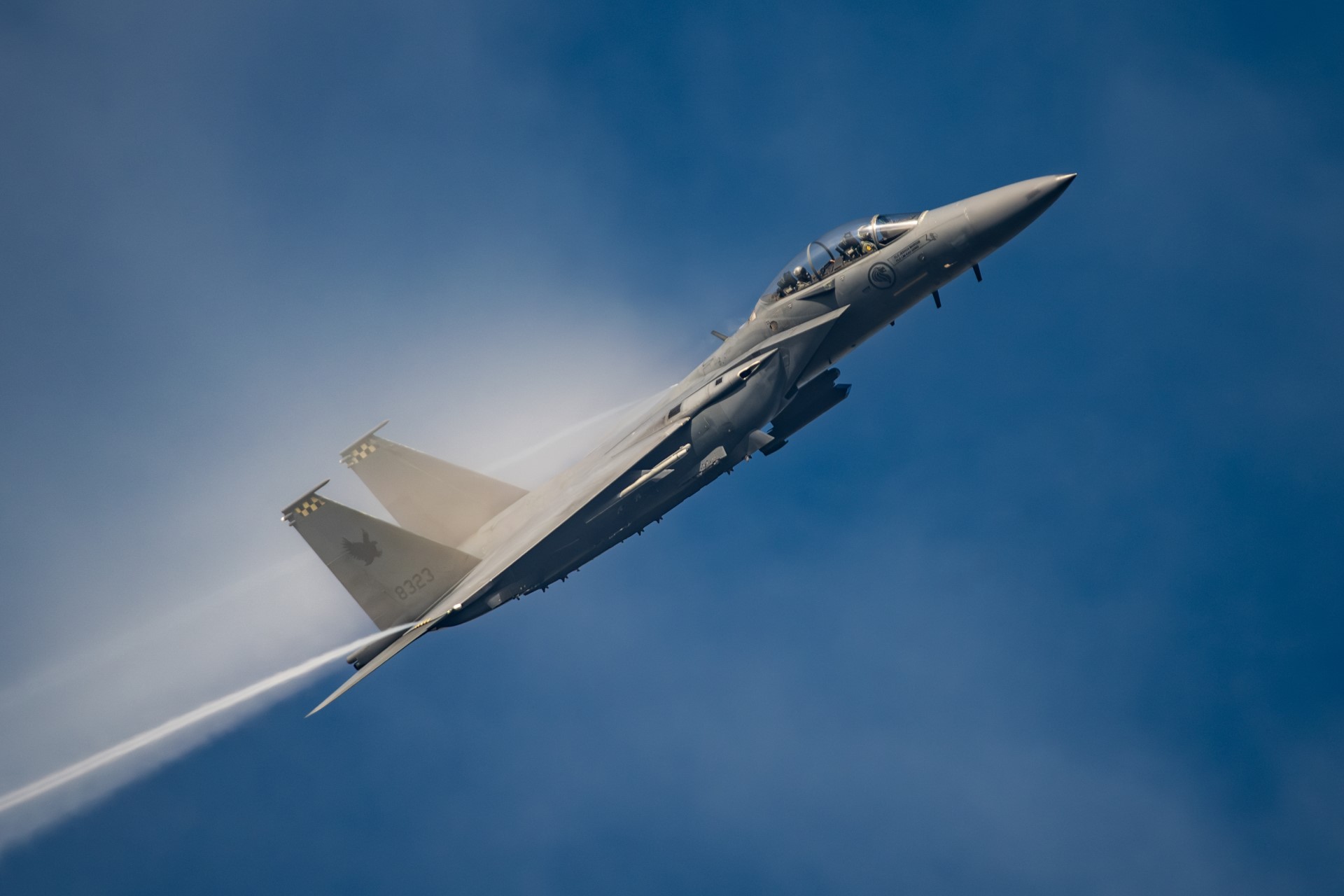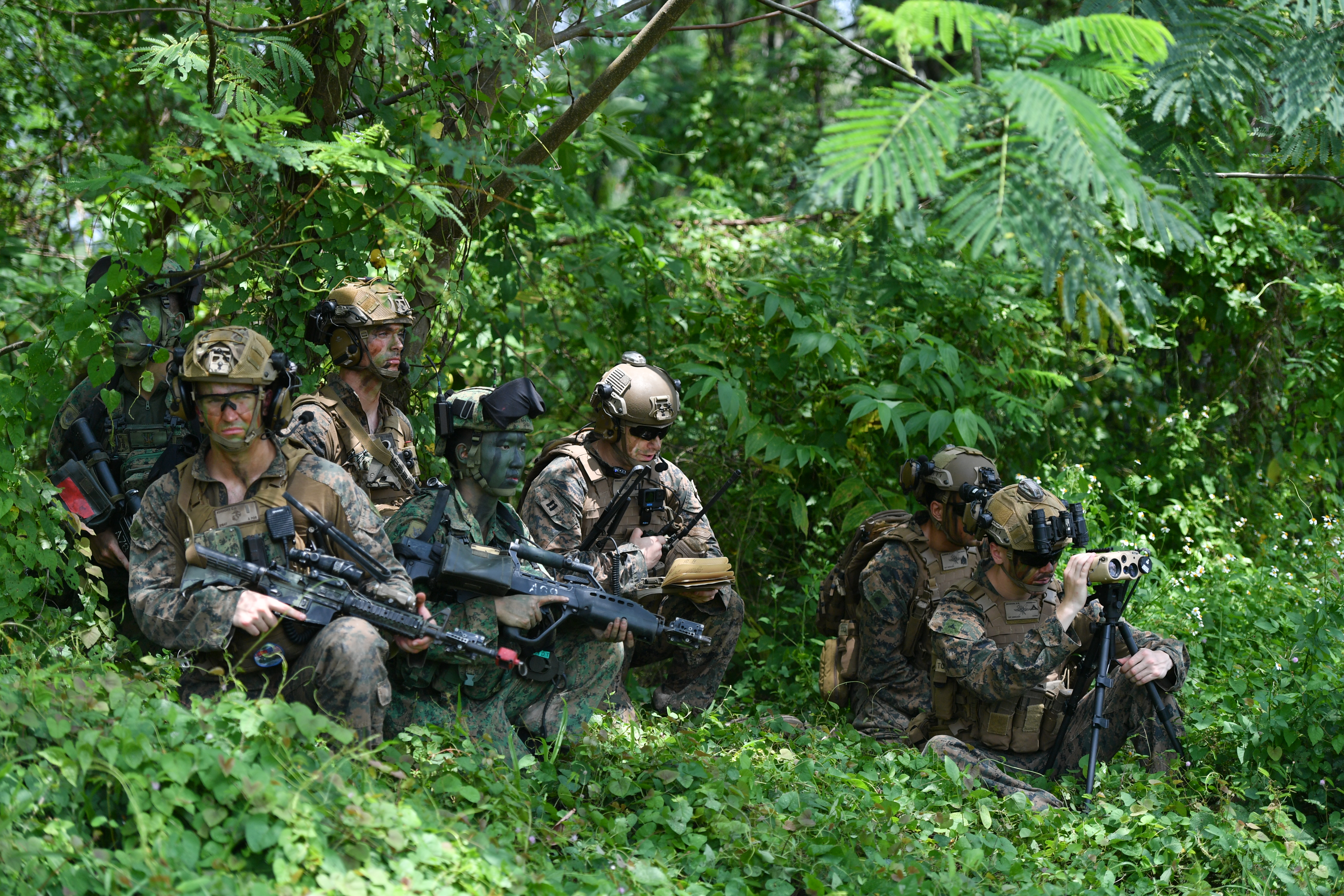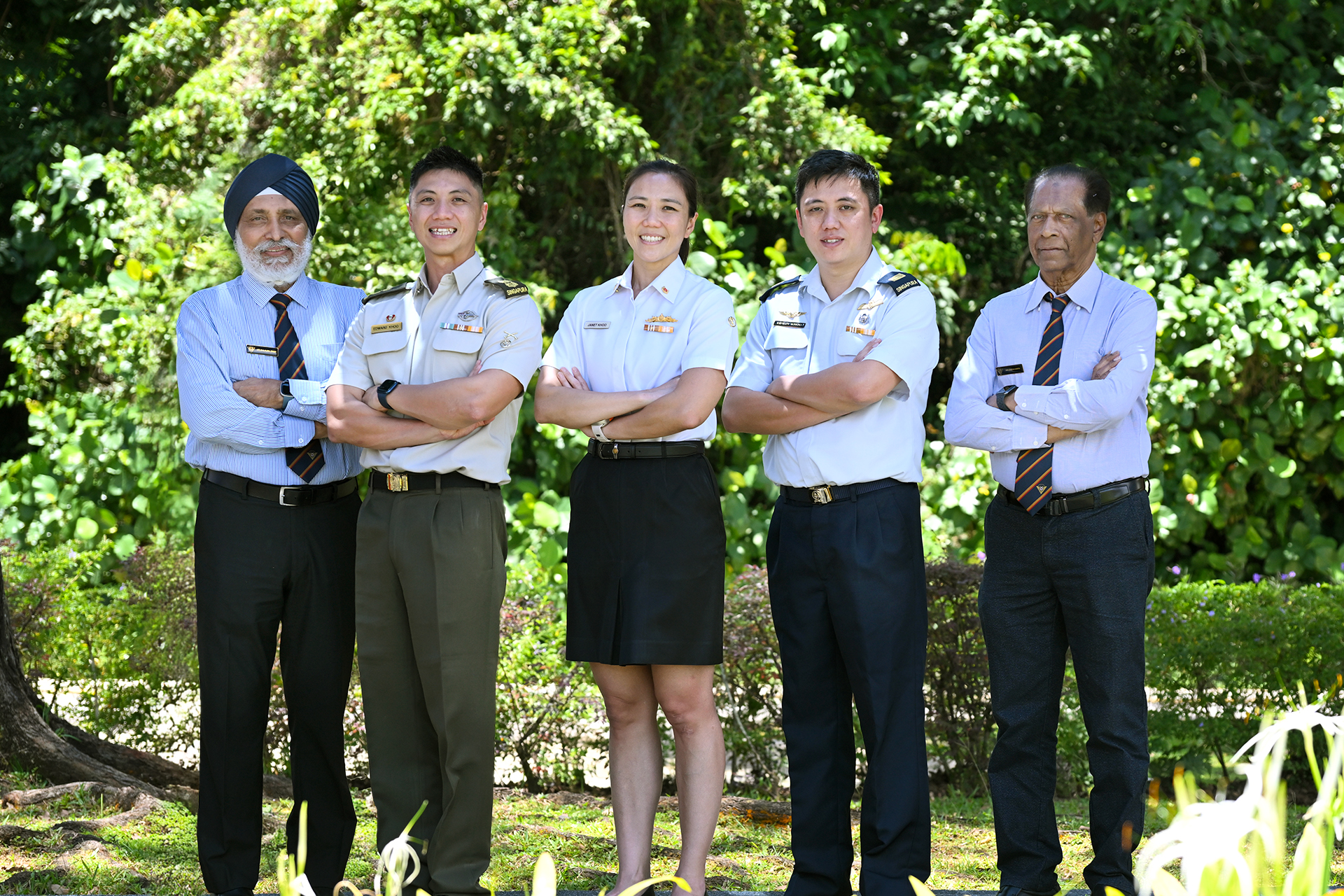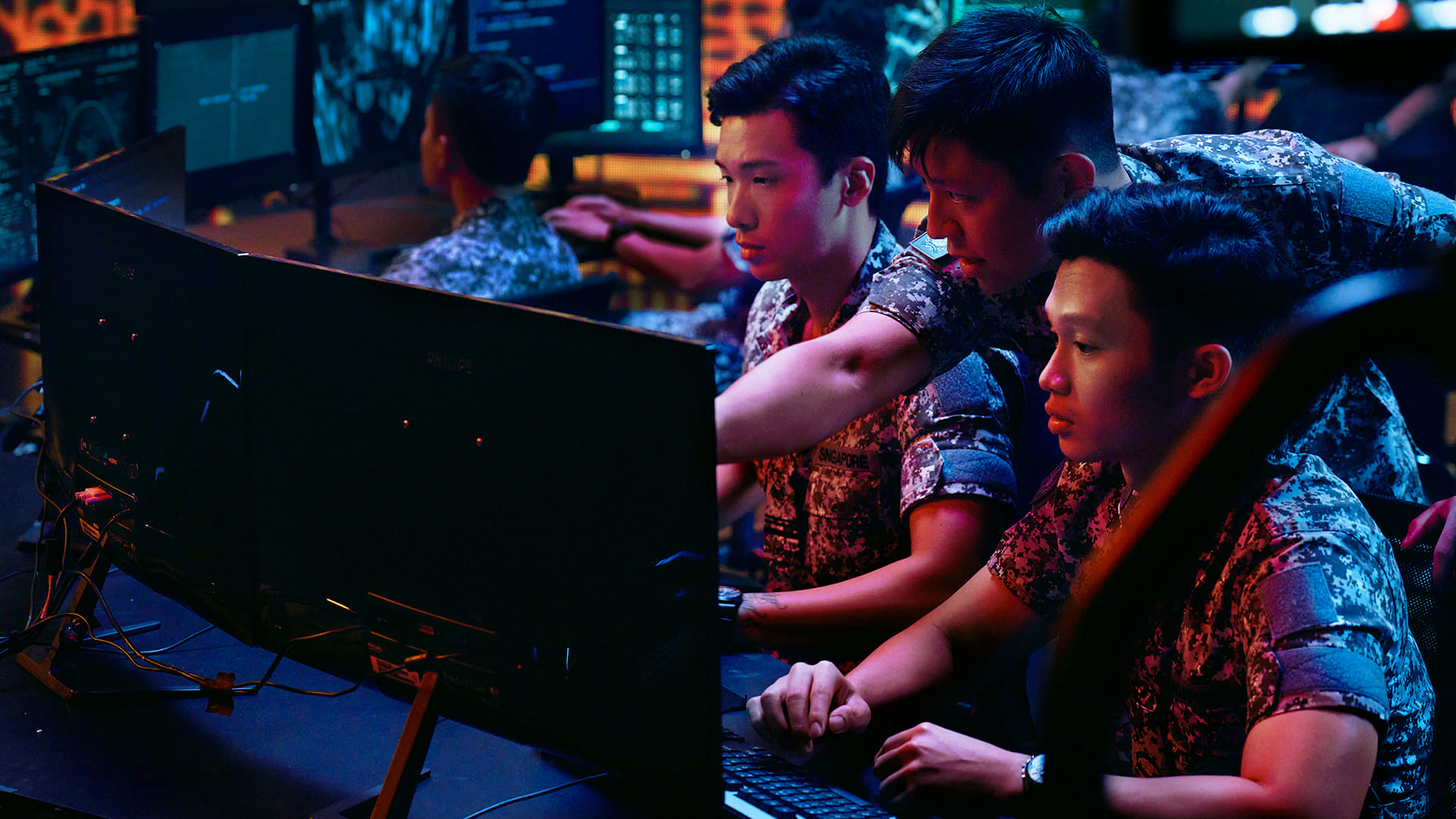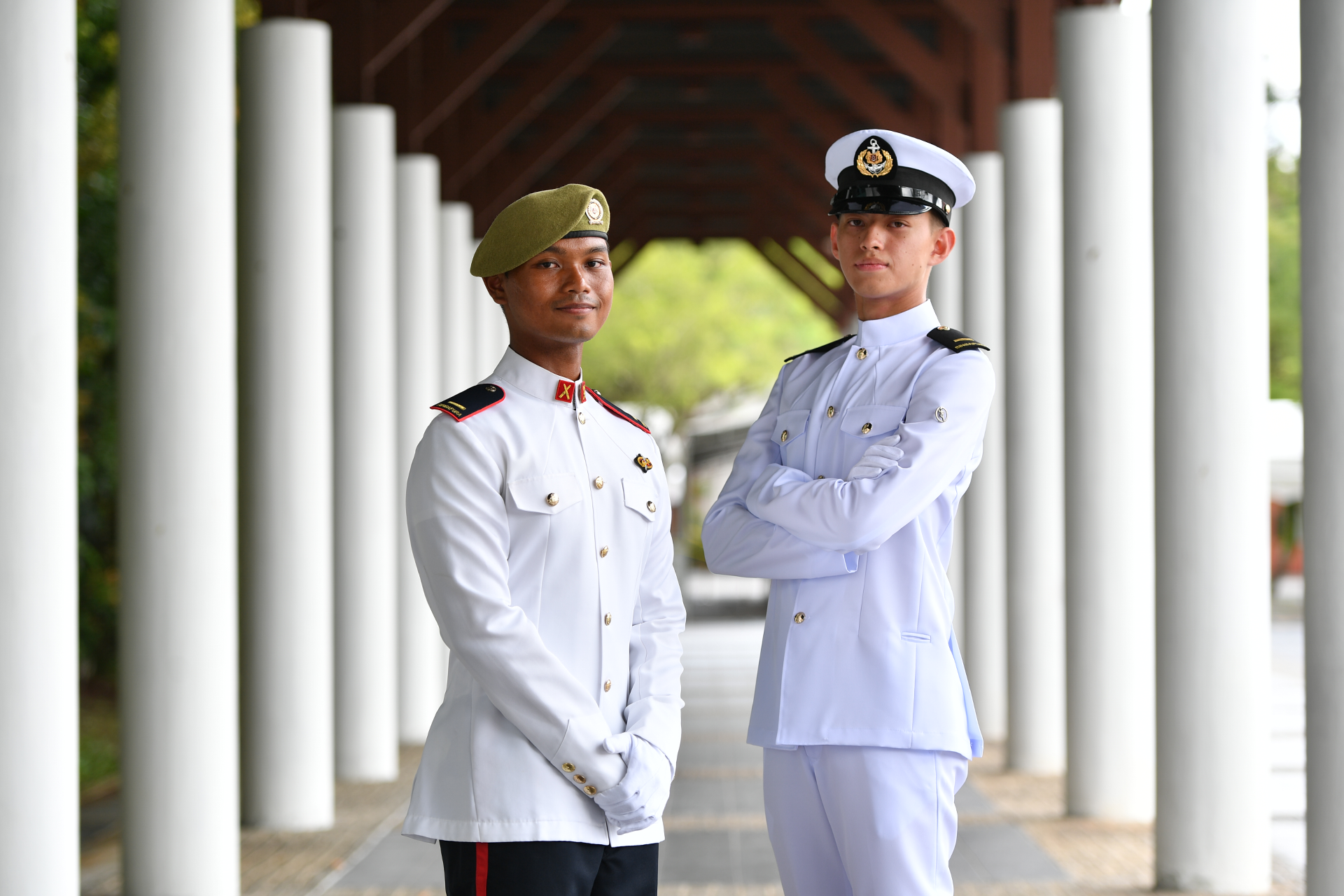JOINING THE FIREFIGHTING EFFORTS IN INDONESIA
PHOTO // Courtesy of SAF Film Unit
Despite difficult conditions, the combined team from the Singapore Armed Forces (SAF) and Singapore Civil Defence Force (SCDF) has made significant progress in helping to put out the hotspots in South Sumatra, Indonesia.
They have successfully doused parts of the forest fires in the team's assigned area in the Palembang vicinity, since commencing water-bombing operations on 11 Oct.
Indonesia is leading this combined international effort, which includes Singapore and Malaysia, to put out the fires that have been sending thick haze across the region.
The multinational operation is starting to see results. The number of hotspots in Sumatra has decreased from 725 several days ago to 156, according to the Jakarta Post on 13 Oct.
The SAF deployed a Chinook helicopter, two C-130 aircraft and 34 personnel on 10 Oct, after the Indonesian government accepted Singapore's offer to assist in putting out the forest fires. They were accompanied by a six-man Disaster Assistance and Rescue Team (DART) from the SCDF.
Their primary fire-fighting assets are the RSAF Chinook helicopter and the SCDF's 5,000-litre heli-bucket.
Essentially a massive water dispenser slung underneath the Chinook helicopter, the heli-bucket is first flown to an open water source such as a river or lake (located near the assigned hotspots) to be filled up with water.
The helicopter then carries the heli-bucket to a hotspot for the SAF and DART officers to assess the situation and activate the mechanism to release the water.
Overcoming challenges
One of the difficulties which the team faces is low visibility due to the thick smoke from fires. There had been occasions when operations were cancelled because visibility fell below the minimum safety distance.
Another challenge is working in the choking haze. Air quality in Sumatra has reached dangerous levels, with the Pollution Standards Index (PSI) soaring as high as 1,000.
"The very obvious challenge is the haze itself," said mission commander Lieutenant-Colonel (LTC) Vincent Tan, 45.
"There are two aspects to it. One is the visibility that affects largely the people who are flying the heli-bucket operations.
"The second aspect is the pollutants in the air that have adverse effects on our people - not just the guys who are flying but on the ground as well."
Safety is a top priority, and a two-man medical team looks after the health of the servicemen.
The team also wears N-95 masks or P-100 respirators which filter up to 99 percent of airborne particles.
Despite the challenging conditions, the team's morale remains high.
"We see the purpose in coming here to help our neighbours," said LTC Tan. "The team members are all very well-trained and prepared to undertake the missions that are expected. I'm confident that we will do a good job and, at the end of the operation, return to our families safely."
Lieutenant (LTA) Samuel Ten, Platoon Commander of the Air Terminal Company from 3rd Transport Battalion, added: "We have worked very well with our SCDF counterparts. In fact, we just completed a good mission today, finding more water sources and landing sites for the helicopter."
As an aerial cargo rigger, LTA Ten is responsible for ensuring that the heli-bucket is secured properly to the Chinook helicopter before take-off.
The team's morale received an added boost when Mr Alex Noerdin, governor of South Sumatra, visited them on 13 Oct and thanked them for their efforts.
The water-bombing operation is on-going.
